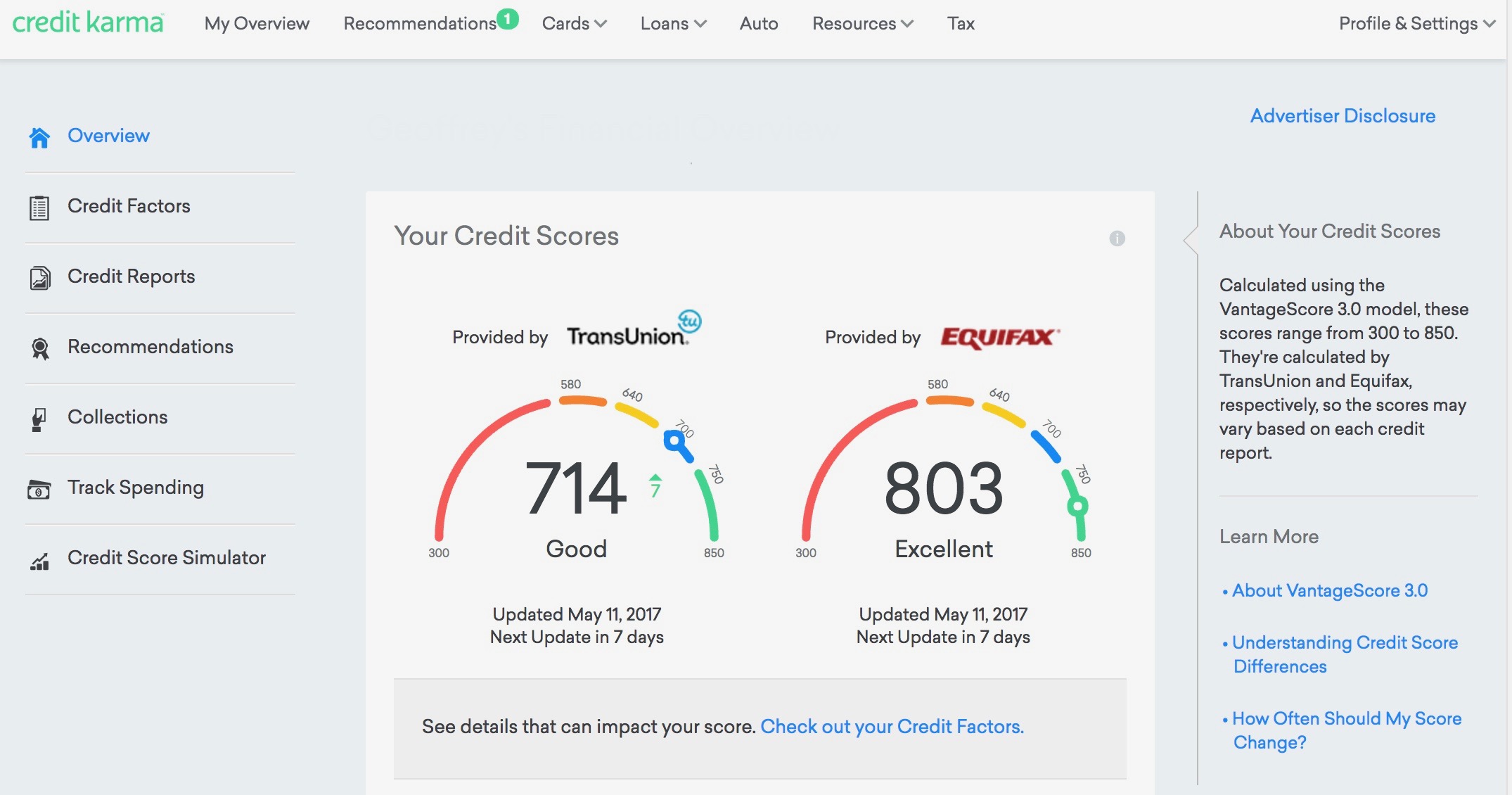What is 25 percent of 15?
When we talk about percentages, we are referring to a portion of a whole expressed as a fraction of 100. Therefore, 25 percent can be interpreted as 25 parts out of 100. In this case, we want to find out what 25 percent of 15 is. To do this, we can simply multiply 15 by 0.25, which gives us an answer of 3. So, 25 percent of 15 is 3.
Why is it important to understand percentages?
Percentages are used in many aspects of our daily lives. From calculating discounts while shopping to understanding interest rates on loans, percentages play a crucial role. Therefore, it is important to understand how to calculate percentages accurately.
How can we calculate percentages?
Calculating percentages involves converting a fraction or decimal to a percentage or vice versa. To convert a fraction to a percentage, we simply multiply the fraction by 100. To convert a decimal to a percentage, we also multiply by 100 and add a percentage sign (%).
Why is 25 percent of 15 relevant in 2023?
Although 25 percent of 15 may seem like a simple calculation, it has many real-world applications. For example, it can be used to calculate the percentage of tax on a purchase, or the percentage of a salary increase. In 2023, with the continued growth of digital technology and e-commerce, understanding percentages will become even more important.
How can we use 25 percent of 15 in practical situations?
Let’s say you want to buy a product that costs $15 and there is a 25 percent discount on it. To calculate the discounted price, you can multiply 15 by 0.75 (which represents 100 percent minus 25 percent), giving you a discounted price of $11.25. Similarly, if you want to calculate a 25 percent tip on a bill of $15 at a restaurant, you can multiply 15 by 0.25 to get a tip amount of $3.75.
How do percentages relate to fractions and decimals?
Percentages, fractions, and decimals are all different ways of expressing the same value. For example, 25 percent can be written as a fraction of 25/100 or as a decimal of 0.25. To convert between these different forms, we simply use the conversion formulas mentioned earlier.
What are some common mistakes to avoid when calculating percentages?
One common mistake is forgetting to multiply by 100 when converting a decimal to a percentage or vice versa. Another mistake is using the wrong percentage value, such as using 50 percent instead of 25 percent. It is important to double-check your calculations and use the correct values.
How can we check if our percentage calculations are correct?
One way to check if your percentage calculations are correct is to use a different method to verify the answer. For example, you can use a calculator or a spreadsheet program to double-check your calculations. Additionally, you can estimate the answer and compare it to your calculated value.
What are some real-world applications of percentages?
Percentages are used in a variety of fields, including finance, business, and science. Some common applications include calculating interest rates, profit margins, and inflation rates. Additionally, percentages are used in statistics to represent the frequency of events or data.
How can we improve our percentage calculation skills?
Practice is key to improving your percentage calculation skills. You can use online tutorials and exercises to sharpen your skills, or work with a tutor or mentor who can provide feedback and guidance. Additionally, using real-world examples and applications can help you understand the practical uses of percentages.
What are some common percentage terms and symbols?
Some common percentage terms and symbols include percent (%), fraction (out of 100), decimal (0-1), and ratio (1:4). Additionally, terms such as “increase by” and “decrease by” are used to describe percentage changes.
How can we apply percentages to our personal finances?
Understanding percentages can help us make informed financial decisions. For example, we can calculate the interest on a savings account or loan, or compare the costs of different products based on their discounts or sales. Additionally, knowing how to calculate percentages can help us create and manage a budget.
How do percentages relate to probability?
Percentages and probability are closely related. In probability, a percentage is used to represent the likelihood of an event occurring. For example, if there is a 25 percent chance of rain, this means that it is likely to rain 25 out of 100 times.
What are some common misconceptions about percentages?
One common misconception is that percentages are always out of 10, when in fact they can be out of any number. Another misconception is that percentages are always whole numbers, when in fact they can be decimals or fractions. It is important to understand the full range of possibilities when working with percentages.
How can we use percentages to analyze data?
Percentages are commonly used in data analysis to represent the frequency or proportion of certain events or data points. For example, we can use percentages to analyze the distribution of grades in a class, or the market share of different companies in an industry.
What are some resources for learning more about percentages?
There are many resources available for learning more about percentages, including online tutorials, textbooks, and courses. Additionally, many financial and business websites offer calculators and tools for working with percentages. Seeking guidance from a tutor or mentor can also be helpful.
Conclusion
In conclusion, understanding percentages is a crucial skill that has many real-world applications. By mastering the basics of percentage calculations, we can make informed decisions in our personal and professional lives. Whether we are calculating discounts, analyzing data, or managing our finances, percentages are an essential tool in the 21st century.
 Vikipedi.org Trusted Information and Education News Media
Vikipedi.org Trusted Information and Education News Media



